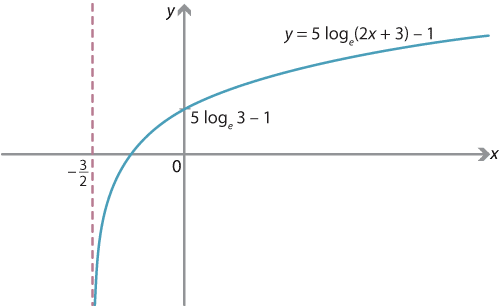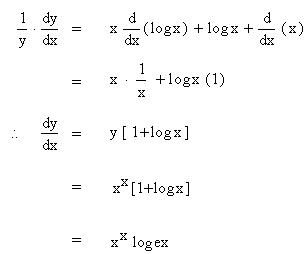

#Derivative of log base 5 code#
Just copy and paste the below code to your webpage where you want to display this calculator. An online logarithmic differentiation calculator to differentiate a function by taking a log derivative. Let f x log 3 3 x + 5 f x log 3 x + 5 log 3 log m n logn logm Differentiate wrt x f x 1 log 3 × 1 3 x + 5 × 3 f x 3 3 x + 5 log 3. So, lets take the logarithmic function where the base. Rather than relying on pictures for our understanding, we would like to be able to exploit this relationship computationally. Ensure that the input string is as per the rules specified above. Now we consider the logarithmic function with arbitrary base and obtain a formula for its derivative. Section 4.7 Implicit and Logarithmic Differentiation ¶ Subsection 4.7.1 Implicit Differentiation ¶Īs we have seen, there is a close relationship between the derivatives of \(\ds e^x\) and \(\ln x\) because these functions are inverses.

u > 0 Example 3: Differentiation of Logarithmic Functions (a) (b) (c) (d) u 2x u 2 Use the product rule Use the Chain rule 41.
#Derivative of log base 5 how to#
According to this formula, it's 1 over the natural log of the base, 5, times 1 over x. The derivative of (log2n)5 (log base 2) Hey everyone, I am not sure how to go about this question because I am not sure what to do with the power 5 ( or.


 0 kommentar(er)
0 kommentar(er)
